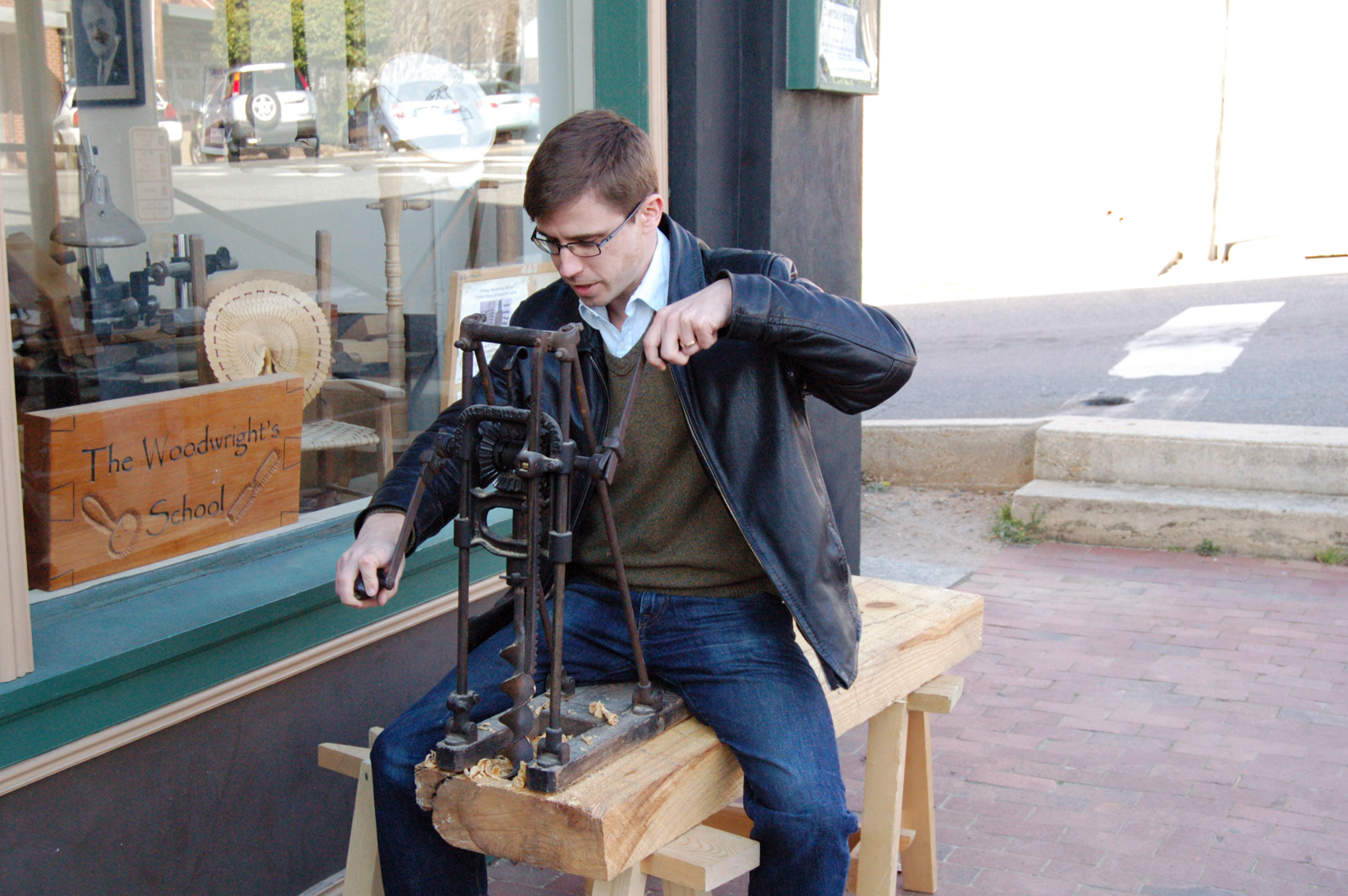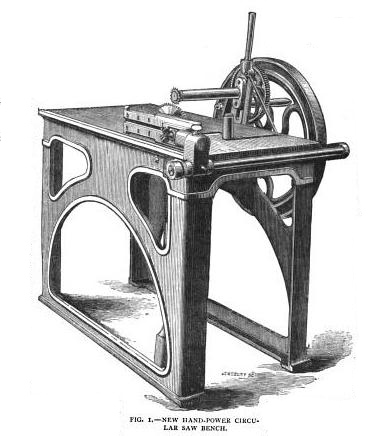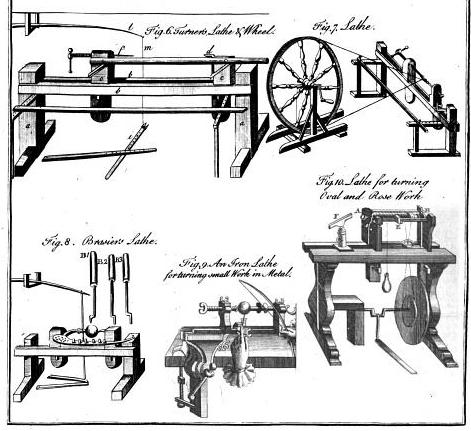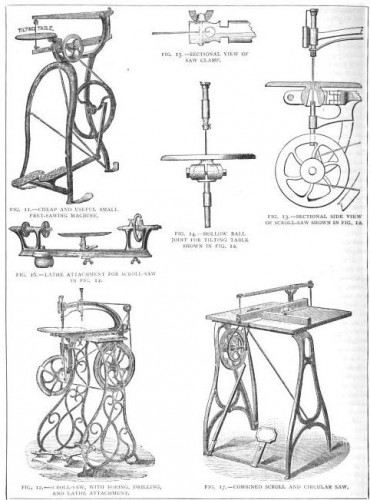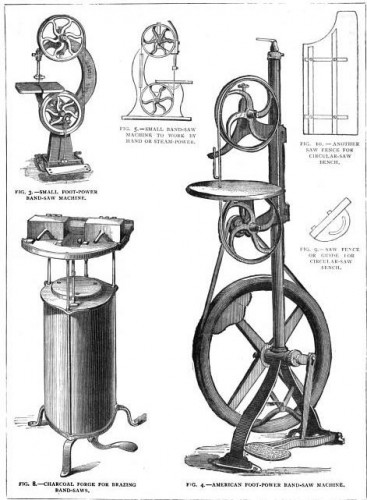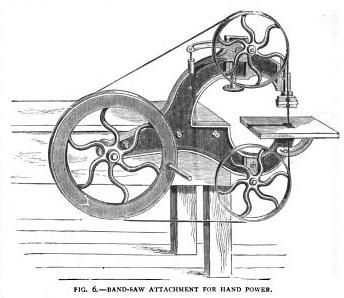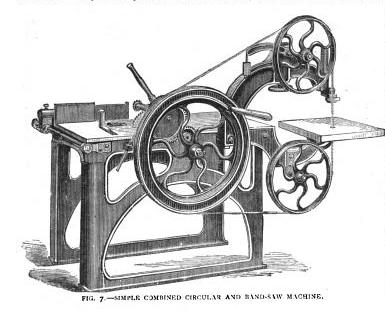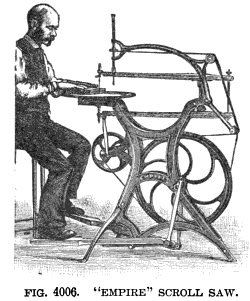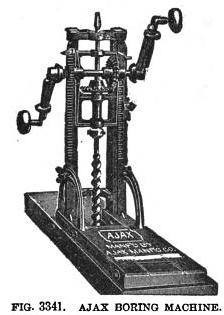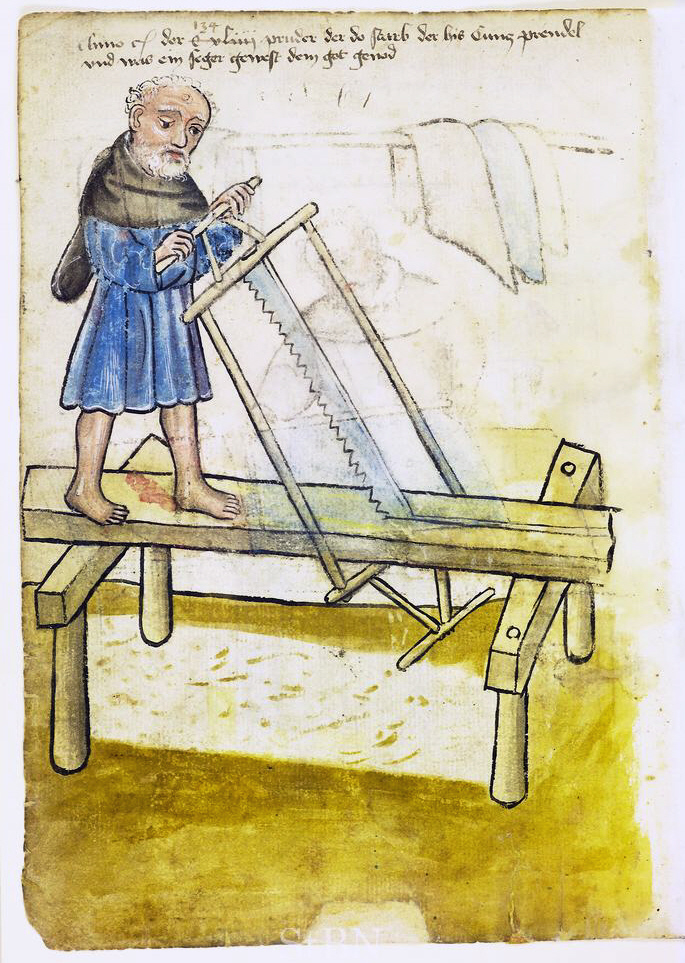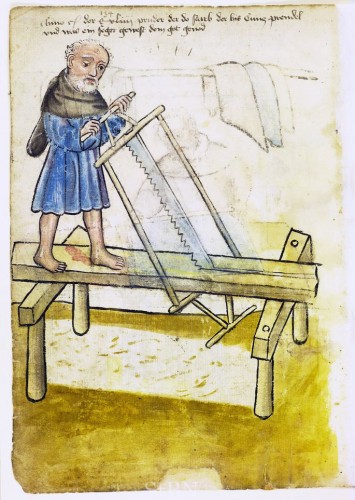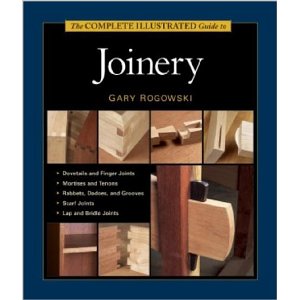Last Saturday, I went with The Alamance Makers Guild to the Woodwright’s School in Pittsboro, NC. The Makers Guild is a group I discovered down here which is interested in many of the same things I am; woodworking, sculpting, fabrication, blacksmithing, science and art. Some of the members have begun designing a human-powered lathe, so the trip to the Woodwright’s School was kind of a research trip to see some of the antique human-powered tools which they have refurbished.
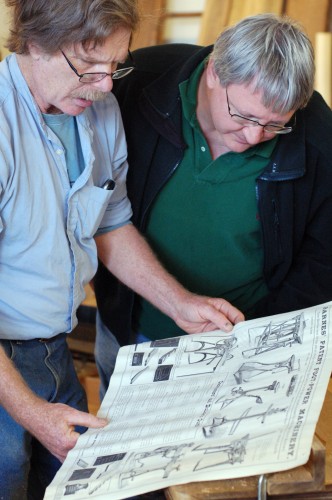
For those who don’t know, the School is run by Roy Underhill, host of the Woodwright’s Shop on PBS, which has been on the air since 1981. He showed us some of the original catalogs of these various treadle and pedal powered machines.
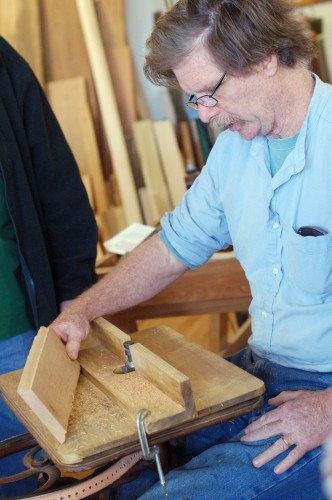
In the photo above, Roy is using a foot-pedal-powered spindle cutter. We might recognize the modern-day equivalent of a router table or shaper; the tool has a rotating blade which cuts a shaped profile along the edge of a board of wood. The blade in the machine was a bit dull, so the end of the cut got a little wonky.
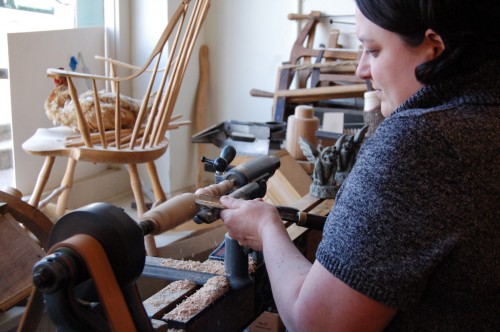
My wife tried out the foot-pedal-powered lathe. She just bought her own lathe at school a few days prior to this. The foot-powered one was tricky for both of us because you have to sit down to pedal. We are used to standing up and using our hips to brace the tools and our whole body to move it along the cut. This one requires you to do all the bracing and moving with just your hands, which feels awkward at first. Nonetheless, it makes some nice cuts, and it is a lot quieter than any electrically-powered machine.
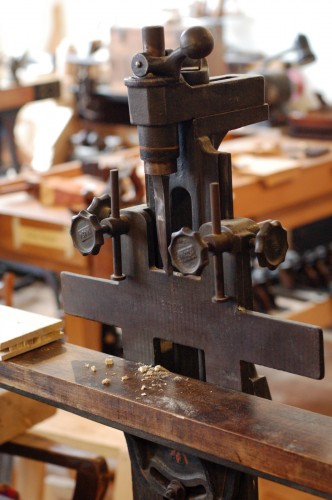
We also watched Roy demonstrate this foot-powered mortising machine. It essentially has a sharp chisel connected to a lever which you push down with your foot; several linkages give it quite a bit of mechanical advantage so the chisel just plows right through the wood like butter.
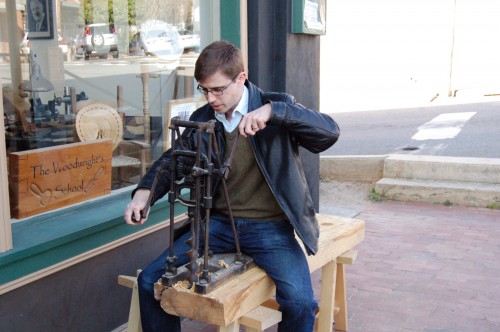
Roy set up a boring machine outside that we all tried out. Though it was a large auger and a fairly thick plank of wood, boring through it was no problem. All of these hand and human-powered tools reminded me that if your bits and blades are sharp, it does not actually take that much effort to cut and bore. You get a good workout as well.
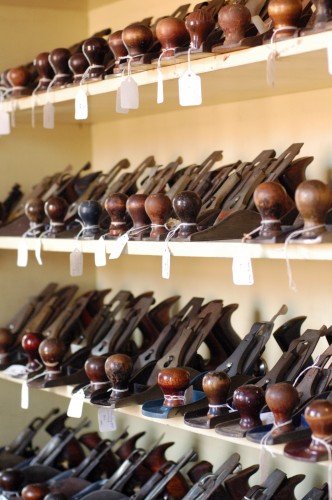
Above the school is the antique tool shop where all the tools which they find and refurbish are offered for sale. Planes, saws, calipers, folding rules, router planes, augers, mallets and many more varieties of tools known and unknown were on display.

